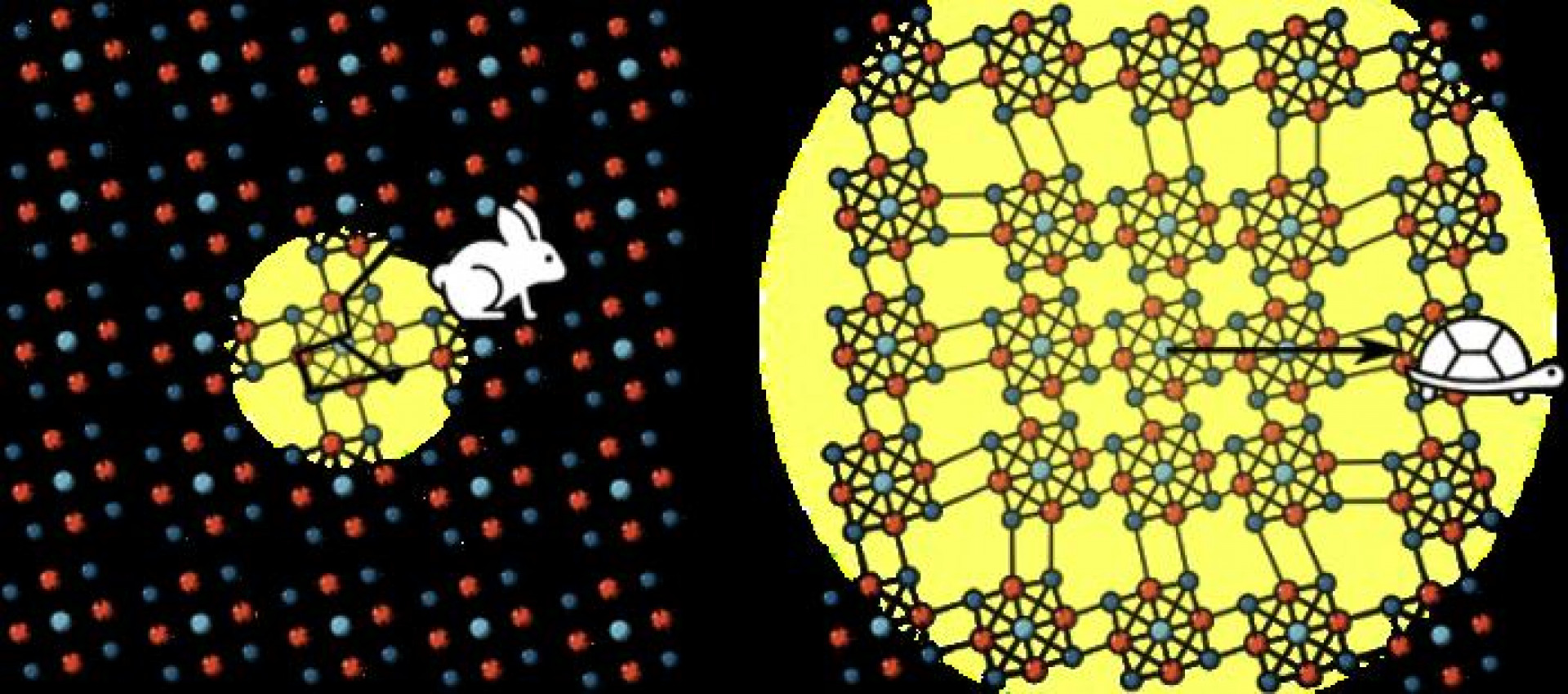A new superconductor has been discovered at room temperature, which exploits the slowness of its particles

Researchers at Columbia University in the US have developed the fastest and most efficient superconductor that works at room temperature, as reported in a press release. The superconductor is made of a supermic material known only by its chemical formula, Re6Se8Cl2, a compound of rhenium, selenium and chlorine.
In a short time, silicon has become an integral part of most modern equipment, from cell phones to cars, from computers to smart homes. However, scientists have discovered that silicon will soon reach its limits. This is due to the atomic structure of the semiconductor.
When any material vibrates, it creates quantum particles called phonons. In turn, phonons scatter excitons , or electrons or pairs of electrons, which carry energy and information in electronic devices. The process happens quite quickly, covering a distance of nanometers (10-9 m) in femtoseconds (10-15 seconds). However, the process also creates heat where energy is lost and places limits on the speed of information transfer.
THE FASTEST SUPERCONDUCTOR
In the case of Re6Se8Cl2, instead of dispersing the excitons, the phonons combine with them to form new quasiparticles called acoustic polar-excitons. This is not the first time polarons have been detected in a material. However, Re6Se8Cl2 polarons move ballistically or without dispersion. This means they can move faster, transfer information more quickly, and lose less information as heat.
In experiments conducted by researchers at Columbia University , polarons traveled twice as fast as electrons in silicon, crossing several microns (10-6 m) in less than a nanosecond (10-9 s). Because a polar can last 11 nanoseconds, the researchers are confident it can cover distances greater than 25 micrometers.
The excitons in Re6Se8Cl2 are relatively slow, which helps them combine more easily with phonons than rapidly bouncing ones in other semiconductors. This leads to polarons that can move unimpeded within the material. Because quasiparticles are controlled by light, processing speeds can theoretically reach femtoseconds, which is six orders of magnitude faster than contemporary electronics.
Slow-moving quasiparticles make the world's fastest superconductor. The quasiparticles in the new semiconductor are like the proverbial turtle, moving slowly but steadily and ultimately winning. Jack Tulyag, Columbia University
Re6Se8Cl2 is also called a supermic semiconductor because, during its creation in the laboratory, the atoms of the elements used clump together to behave like one large atom rather than allowing them to rearrange into a molecule.
An accidental discovery that may not translate Laboratories like the National Science Foundation's Materials Research Center on Engineering Precisely Assembled Scientific Materials are working on synthesizing supertoms and even building high-resolution imaging instruments that can capture the motion of ultrasmall particles at ultra-fast speeds.
Re6Se8Cl2 was synthesized to test one of these high-resolution microscopes and was not expected to lead anywhere. Instead, the researchers found the opposite and observed faster movements.
The researchers then spent two years understanding why the superomics structure behaved the way it did, using an advanced microscope with spatial and temporal resolution that could image polars.
Re6Se8Cl2 can also be extracted into thin sheets of atoms so that it can be combined with other materials. However, Rhenium, the first element, is extremely rare and therefore extremely expensive, making it unlikely to appear in a regular device in the future.
The researchers are confident that they can find similar semiconductors that could beat Re6Se8Cl2 in the near future.

Thanks to our Telegram channel you can stay updated on the publication of new Economic Scenarios articles.
The article Discovered a new superconductor at room temperature, which exploits the slowness of its particles comes from Economic Scenarios .
This is a machine translation of a post published on Scenari Economici at the URL https://scenarieconomici.it/scoperto-un-nuovo-superconduttore-a-temperatura-ambiente-che-sfrutta-la-lentezza-delle-proprie-particelle/ on Thu, 26 Oct 2023 19:09:45 +0000.

